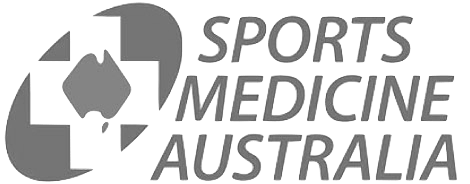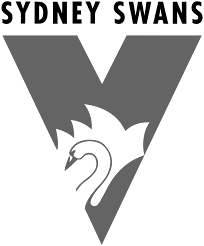Paratenonitis and Plantaris
What Is Achilles Paratenonitis?
Achilles Paratenonitis is an acute inflammation of the covering of the Achilles tendon, which connects the calf muscles to the heel bone.
Achilles Paratenonitis is also known as Achilles Peritendinitis, Tenovaginitis or Tenosynovitis.
Achilles Paratenonitis can cause scarring that restricts the motion of the Achilles tendon but respond well to pain management.
Who Does Achilles Paratenonitis Affect?
Achilles Paratenonitis usually affects marathon runners and athletes who are heavy runners, as this injury is caused by overuse.
It is also seen in individuals who have repeated movements and wear improperly fitted shoes.
How Does Achilles Paratenonitis Occur?
Achilles Paratenonitis occurs due to acute repeated straining of the Achilles tendon. The sheath becomes severely inflamed due to the overuse and becomes very painful.
Causes of Achilles Paratenonitis
Achilles Paratenonitis occurs due to acute overuse. Other risk factors for Achilles Paratenonitis development include:
- Heavy running and jumping, despite stiffness and discomfort,
- Obesity,
- Shoes that fit poorly,
- Running or jogging on hard surfaces, and
- Flat feet or high arches.
Symptoms of Achilles Paratenonitis
The symptoms for Achilles Paratenonitis include:
- Swelling in the Achilles area,
- Tenderness in the Achilles area, and
- Moderate to severe pain.
The symptoms become worse during the aggravating activity.
Stages of Achilles Paratenonitis
There are no stages of Achilles Paratenonitis, however, the pain gets worse with repeated activity without intervention in symptomatic cases.
How Is Achilles Paratenonitis Diagnosed?
The diagnosis for Achilles Paratenonitis is made by taking a complete history and performing a complete physical examination.
The tendon appears severely inflamed, often adapting a sausage like appearance.
How Is Achilles Paratenonitis Treated?
Rest
Rest is the main treatment for Achilles Paratenonitis. Pain caused by Achilles Paratenonitis responds well to over the counter anti-inflammatory medicines (NSAIDs) such as Ibuprofen and Tylenol.
Stretching exercises, physical therapy, icing, more suitable appropriately fitting footwear are all appropriate to treat the inflammation and to prevent it from happening again.
What if Achilles Paratenonitis Is Untreated?
If left untreated or improperly managed, Achilles Paratenonitis can aggravate to such an extent that the individual is unable to perform any amount of running in the future without incurring pain.
Treatment Process
Preparation for Surgery
- Provide a complete list of your medications so you can be advises which to stopped prior to surgery,
- Treat any tooth, gum, bladder or bowel problems before surgery to reduce the risk of infection
- Stop anti-inflammatory medications (NSAIDs) at least seven days before the procedure.
- Stop or cut down smoking to reduce your surgery risks and improve your recovery
- Consider losing weight (if overweight) before surgery
Day of Surgery
- Report any infections to me prior to surgery as the procedure cannot be performed until all infections have cleared up.
- Do not consume alcohol - 24 hours prior to treatment,
- Do not eat or drink anything, including water, for 6 hours before surgery
- Avoid vigorous physical activity or exercise 24 hours prior to surgery,
During Surgery
- Administration of general anesthesia or sedation and local anesthesia
- The entire procedure can take 60 minutes to two hours.
- Procedure is performed and sent to recovery room, for observation
- Pain medications are prescribed to help with pain during the recovery phase.
After Surgery
- Do not consume large amounts of alcohol after surgery,
- Avoid vigorous physical activity or exercise until advised,
- Follow the Post Surgery Treatment Plan proscribed by the surgeon and post op care specialists.
- Any questions or complications should be communicated directly to the surgeon
Common Questions
If you have a specific question about your treatment, we recommend contacting the clinic










